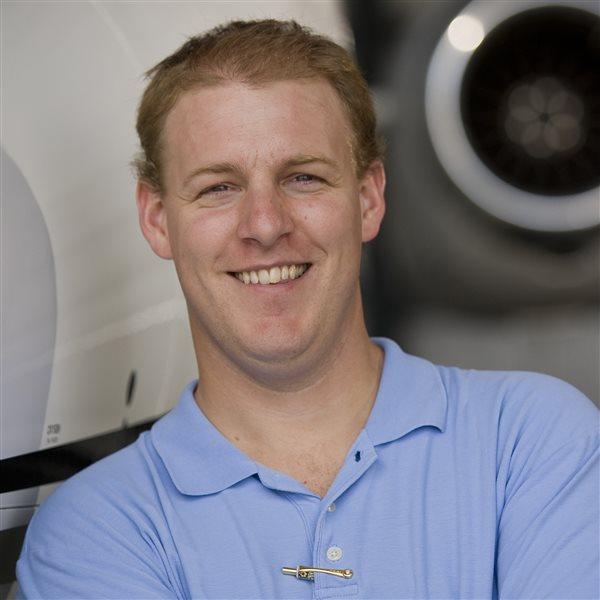For all their practicality, pilots have a flare for the dramatic. Everyone has a story about being on fire, losing engines, running low on fuel, or surviving some weather catastrophe. You’ll be surprised to learn that somewhere around a quarter of these are actually true.
Magazine stories can be similarly over the top. They say that death, danger, and doom are seconds away if you don’t remember to turn on your landing light or use your after-landing checklist. We tend to shy away from these types of references, but I’m afraid that in this issue we’ve failed miserably. The cover is intentionally dramatic and the stories are cautionary.
And, unfortunately, in our case all these stories are true. Our cover story about a thunderstorm encounter happened many years ago (see “Knocked Sensless,” p. 26), a lack of checklist usage has caused accidents (see “More than a List,” p. 32), and carbon monoxide can and does kill people (see “Aviate and Ventilate,” p. 36).
Learning how to fly an aircraft ultimately comes down to two key things—acquiring the skills to control the machine completely through the flight envelope, and gathering a base of knowledge upon which you can develop judgement. The time will come when you are faced with a situation that didn’t come up during training. Your training is meant to teach you how to use the tools to arrive at a decision. It’s not meant to give you the answer. If that were the case you’d be flying with an instructor forever—which would get expensive, not to mention impractical.
Obviously high-time pilots can continually draw upon their experience to get the right answer, where a student has only a limited amount of knowledge and has done virtually no real-world flying. It’s a quandary—a classic chicken-and-egg problem. How does one gain experience safely without the experience to fly safely?
There are two basic answers. First, you fly within a set of parameters that allows you to slowly increase your knowledge and judgment. This is akin to starting in the shallow end of the pool until you know how to tread water. The second thing you can do is be a lifelong student of aviation. A pilot who is mentally curious has the ability to learn and gain experience without ever putting himself in danger. By learning through the mistakes of others, he can know to avoid thunderstorms by at least 20 miles without testing different distances first-hand. He can learn why the checklist item calls for leaning the mixture during taxi so he doesn’t take off with fouled spark plugs. And he can learn that if the engine ever quits, that same checklist should stay comfortably stowed until he’s established a glide, chosen a landing spot, and tried his own restart.
So, my apologies if the stories this month are a little alarmist. But it’s better to be reading about these issues on the ground than experiencing them in flight.



